1. Solar Panel Advancements
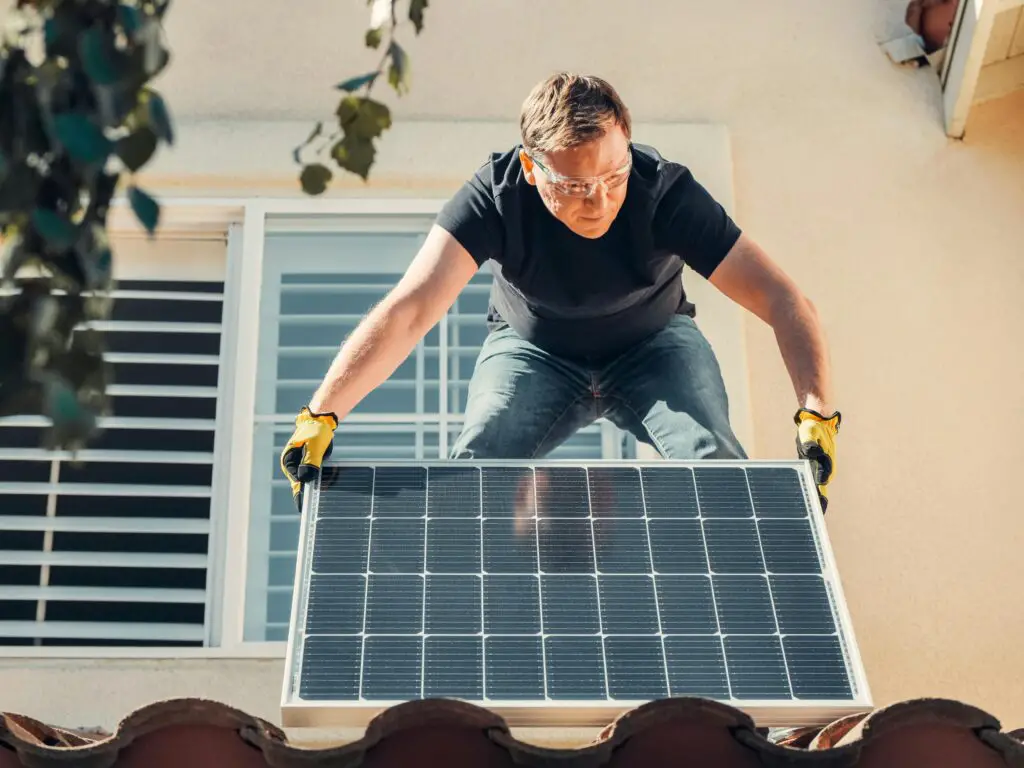
Solar technology has evolved significantly in recent years, making it more efficient and affordable for homeowners. New advancements, such as bifacial solar panels and perovskite cells, allow panels to capture sunlight from multiple angles and increase energy output. These innovations are reducing the cost of solar installation and boosting overall savings.
According to Energy Sage, modern solar systems now integrate seamlessly with home energy management apps, enabling users to track production and consumption in real-time. This transparency helps homeowners optimize their energy use and reduce utility bills. Solar remains a top choice for green energy adoption with government incentives still available in many areas.
2. Energy Storage Solutions
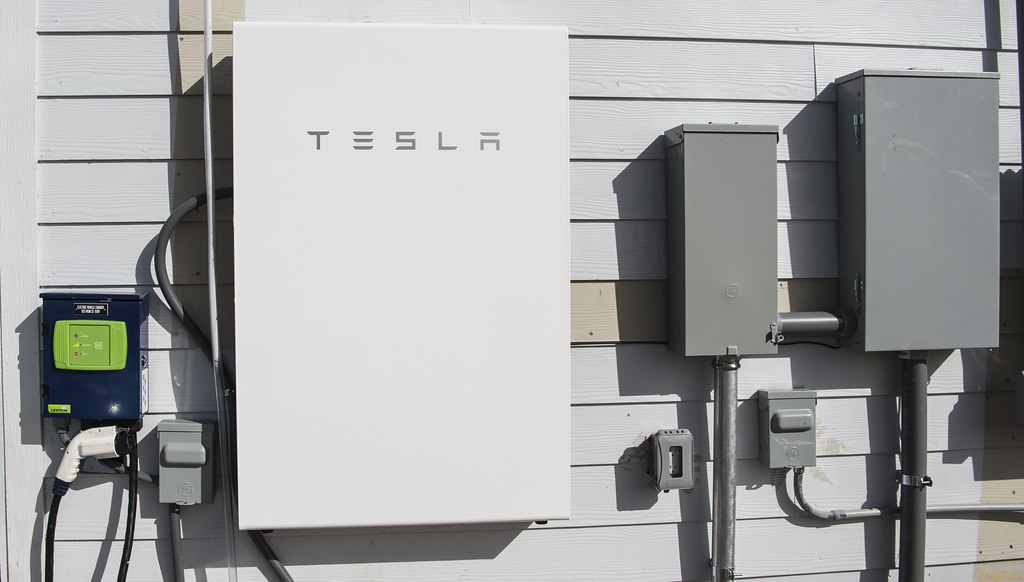
Battery storage systems are becoming an essential component of green energy homes. Technologies like Tesla Powerwall and LG Chem Resu store excess energy generated by solar panels for use during cloudy days or power outages. These systems also help homeowners capitalize on time-of-use electricity pricing by storing energy when rates are low and using it when rates peak.
As reported by CleanTechnica, advances in battery technology, such as solid-state batteries, are increasing storage capacity and lifespan while lowering costs. Energy storage solutions provide reliability and long-term savings, making them a valuable investment for energy-conscious homeowners.
3. Geothermal Heating and Cooling

Geothermal systems use the Earth’s natural heat to regulate indoor temperatures, significantly reducing heating and cooling costs. These systems rely on underground pipes to transfer heat between the home and the ground, providing year-round comfort with minimal energy use.
While the upfront costs can be high, Energy.gov highlights that geothermal systems often pay for themselves within 5-10 years through energy savings. With their long lifespan and minimal maintenance needs, these systems are an excellent choice for homeowners looking to reduce their environmental footprint.
4. Smart Thermostats
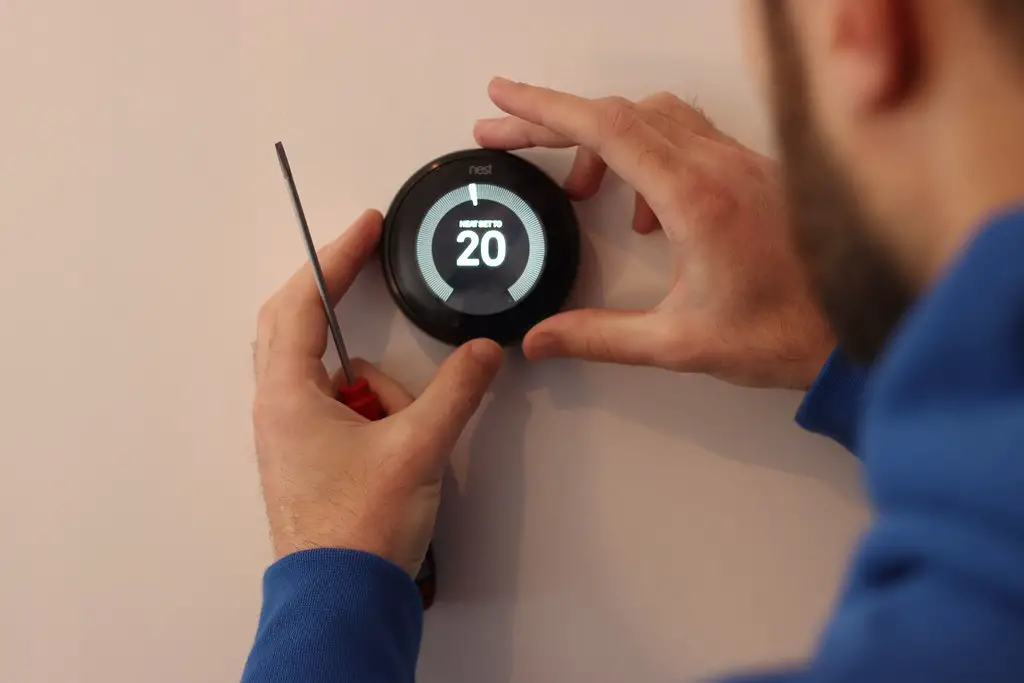
Smart thermostats, such as Nest and Ecobee, are revolutionizing home temperature management. These devices learn user preferences and adjust heating and cooling schedules automatically, optimizing energy use throughout the day. They also provide detailed energy reports, empowering homeowners to make informed decisions about their consumption.
According to CNET, homes equipped with smart thermostats can save up to 15% annually on energy bills. With their user-friendly interfaces and remote control capabilities, smart thermostats are an easy and cost-effective way to enhance home efficiency.
5. Wind Energy for Homes
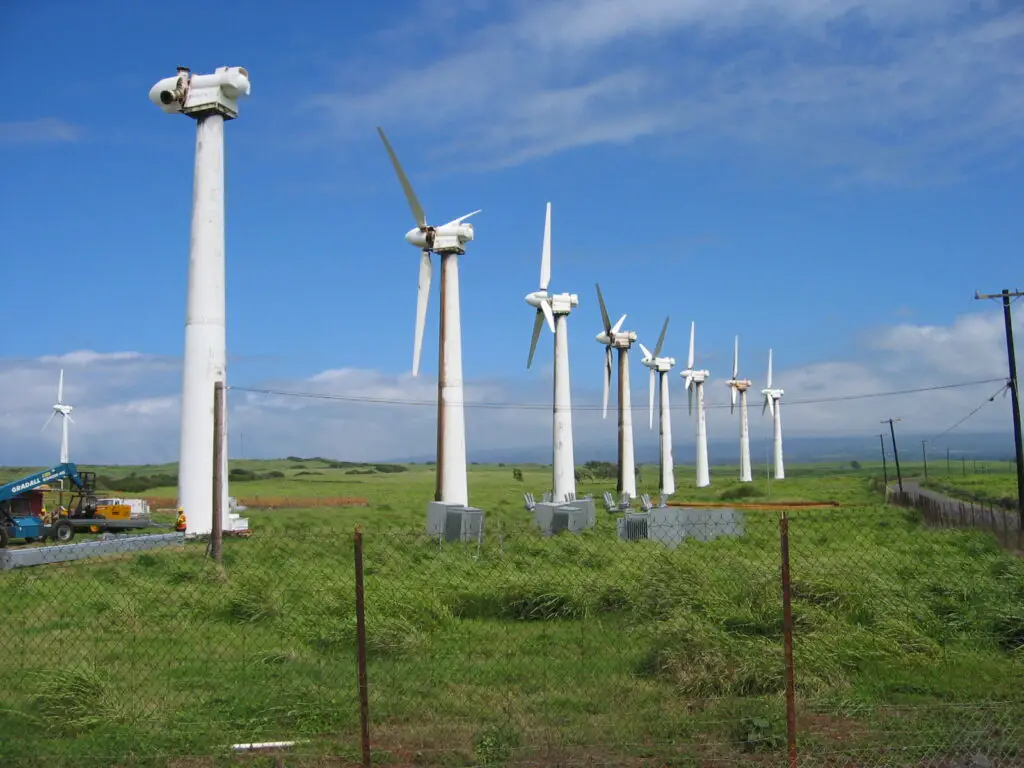
While traditionally associated with large-scale operations, wind energy is now accessible for residential use through compact wind turbines. These systems are designed for urban and suburban settings, making them viable options for homeowners with adequate wind resources.
Innovative designs, such as vertical-axis turbines, are quieter and more efficient than their predecessors. According to Science Direct, residential wind energy systems can generate significant savings while reducing reliance on the grid. These turbines are a promising solution for homeowners seeking renewable energy alternatives.
6. Efficient Heat Pumps

Heat pumps are gaining popularity for their ability to provide both heating and cooling with minimal energy consumption. Modern models, such as air-source and ground-source heat pumps, are far more efficient than traditional HVAC systems.
As noted by Consumer Reports, heat pumps are especially effective in mild climates but are now being optimized for colder regions. Their ability to reduce energy bills and carbon emissions makes them an attractive option for green-conscious homeowners.
7. Community Solar Programs
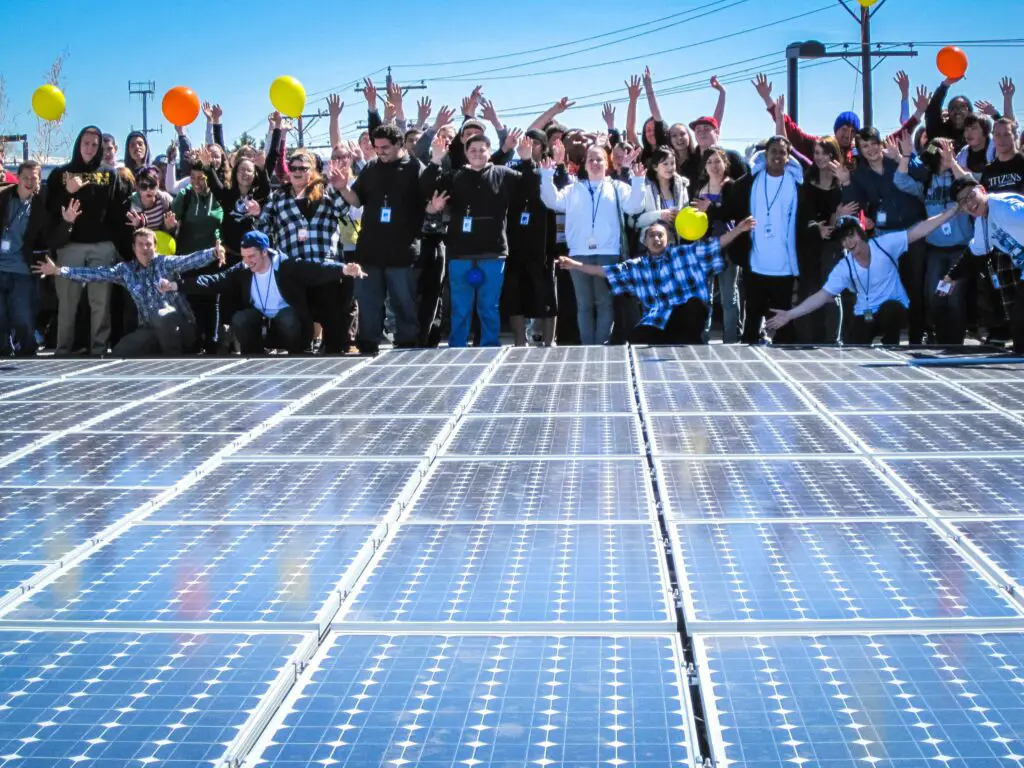
Community solar programs allow homeowners to benefit from solar energy without installing panels on their property. By subscribing to a shared solar farm, participants receive credits on their electricity bills for the energy produced.
These programs are ideal for renters or those with unsuitable roofs. According to Solar United Neighbors, community solar is expanding rapidly due to its accessibility and cost-saving potential. It provides an easy entry point for homeowners interested in renewable energy.
8. Energy-Efficient Windows

Windows play a crucial role in home energy efficiency, and new advancements are making them better than ever. Technologies such as low-emissivity (Low-E) coatings and double or triple glazing significantly reduce heat transfer, keeping homes comfortable year-round.
As reported by Architectural Digest, energy-efficient windows can cut heating and cooling costs by up to 30%. With improved durability and aesthetic options, they’re a practical upgrade for any home.
9. Solar Water Heaters

Solar water heaters are an eco-friendly alternative to traditional water heating systems. These units use solar energy to heat water directly, reducing electricity or gas usage. Modern designs are more efficient and compact, making them suitable for a variety of climates and home sizes.
According to The Spruce, solar water heaters can reduce water heating costs by up to 50%. Their affordability and environmental benefits make them a smart choice for sustainable living.
10. Energy-Generating Roof Tiles

Beyond traditional solar panels, energy-generating roof tiles integrate renewable energy production into the home’s architecture. Companies like Tesla have developed solar tiles that mimic the appearance of standard roofing materials while producing clean energy.
As noted by The Verge, these tiles offer a seamless blend of aesthetics and functionality. They’re ideal for homeowners who want renewable energy without compromising curb appeal.
11. Hydroelectric Micro-Turbines

Hydroelectric power isn’t just for large-scale dams anymore—micro-turbines are making it accessible to residential properties with natural water sources. These systems generate electricity by harnessing the kinetic energy of flowing water, offering a renewable energy solution for rural homeowners.
According to National Geographic, micro-turbines are an innovative way to reduce energy costs and dependency on the grid. They represent a niche but promising trend in renewable energy.
12. Net-Zero Energy Homes
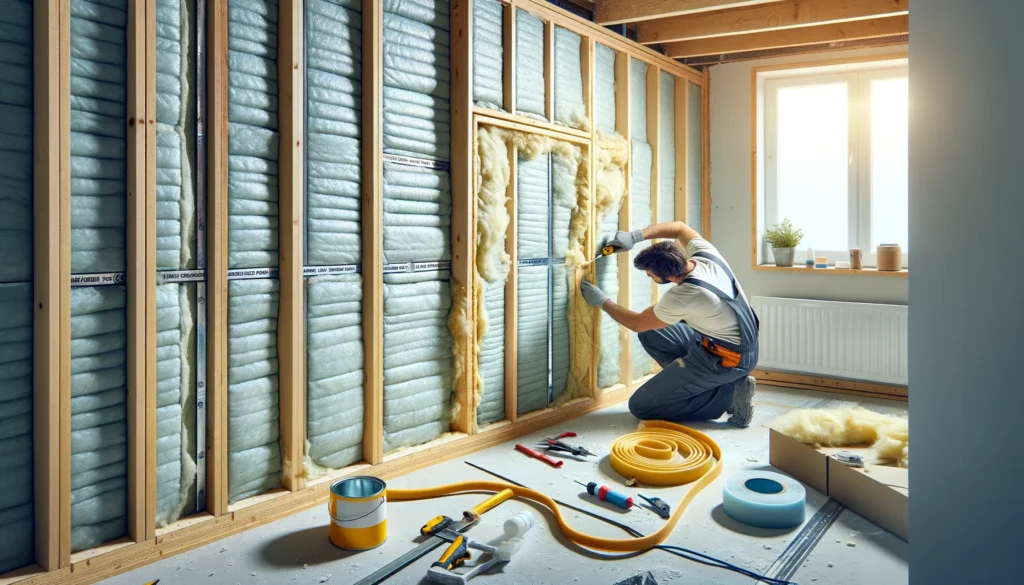
Net-zero homes are designed to produce as much energy as they consume, thanks to a combination of efficient construction and renewable energy systems. These homes incorporate solar panels, energy-efficient appliances, and superior insulation to minimize energy use.
As highlighted by Green Builder Media, net-zero homes are becoming more affordable and practical for average homeowners. They offer long-term savings and align with growing demand for sustainable living.
13. Smart Energy Grids

Smart energy grids allow homes to communicate directly with utility companies, optimizing energy distribution and reducing waste. These grids enable dynamic pricing, where homeowners can use electricity when rates are lowest.
According to Forbes, smart grids are a game-changer for energy management. They empower homeowners to control costs and contribute to a more sustainable energy future.
